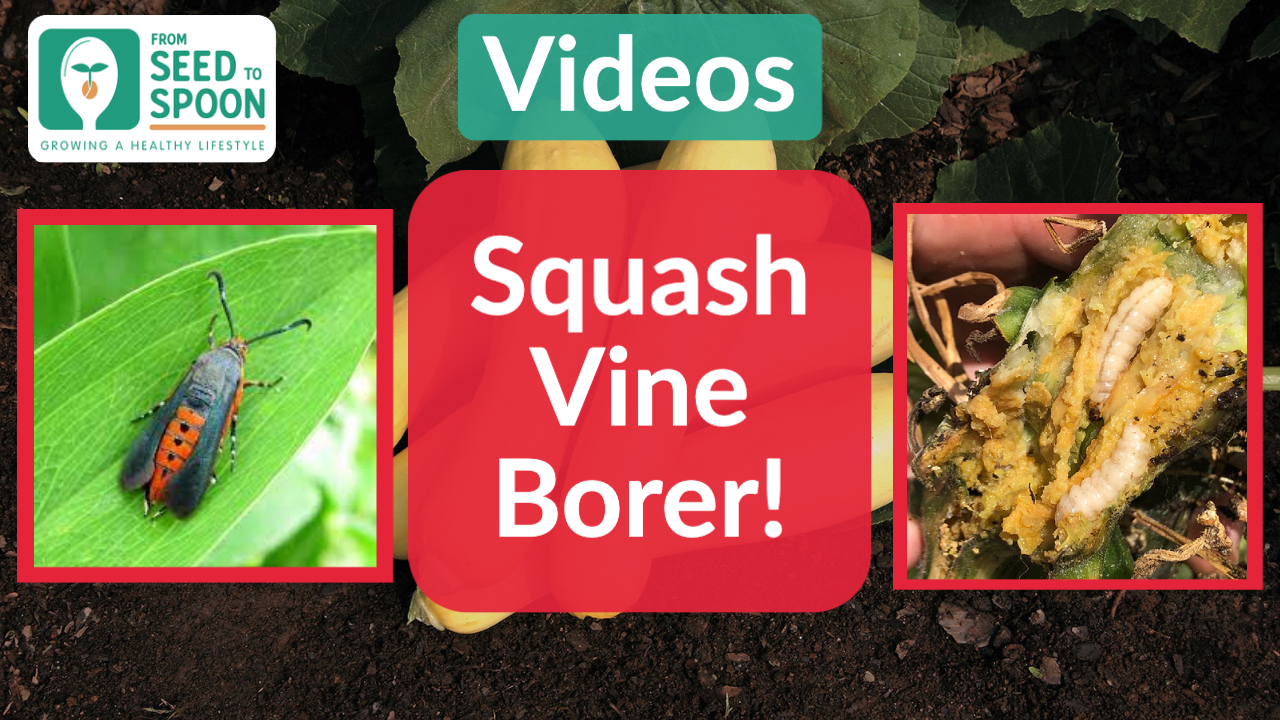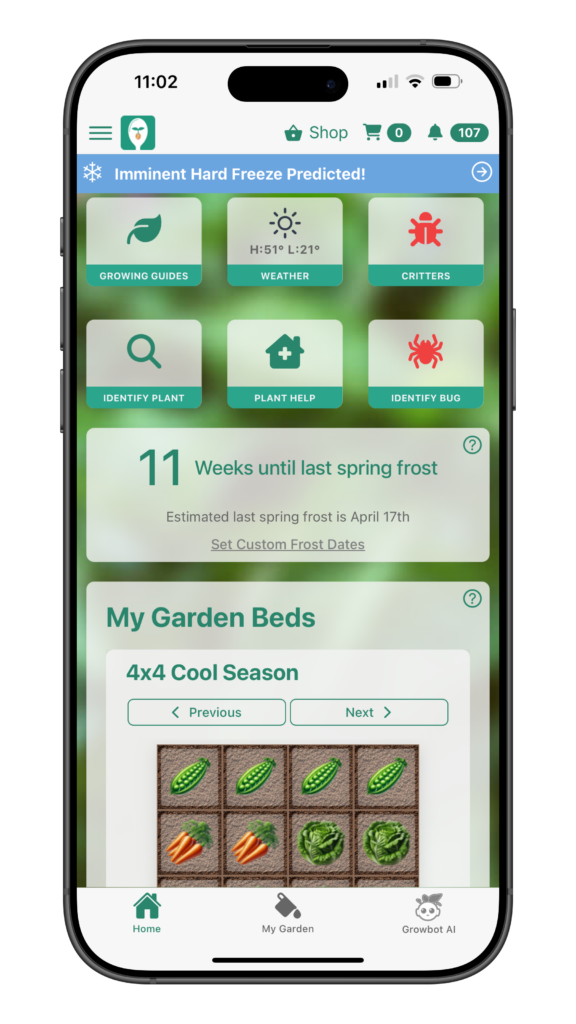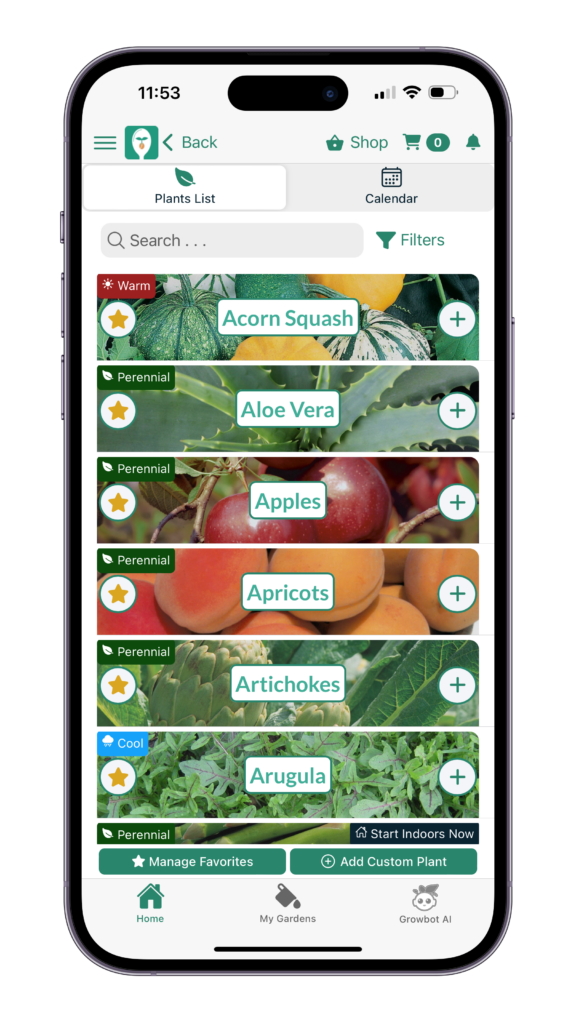Squash vine borers are one of the most deadly pests for your squash plants that you can encounter! They can cause sudden death for your squash plants extremely fast! They are one that you definitely want to be on the lookout for and doing everything you can do to prevent these pests from entering into your garden.
Hang out with Carrie in this video as she discusses the many ways to go about both preventing squash vine borers and treating your squash plants once you have an issue.
Auto generated subtitles for video – text may be slightly off and grammar incorrect, but it’s better than nothing, right?! 🙂
Hey everybody. It’s Carrie with seed to spoon. So today I thought I would talk about the dreaded squash vine borer. This is something that we absolutely despise, and I’m sure if you are watching this video that you have had experience with it too. So today I thought we would talk a little bit about tips and tricks for both preventing the squash vine bore and how to go about helping.
Once you have an.
So sometimes you may have had just a squash plant that has died suddenly on you out of nowhere. And typically it will be the squash vine borer. Sometimes it’s squash bugs, but the squash vine borer is most likely your culprit. Whenever you have a sudden death and you can notice a few symptom. First of all, whenever you look at your plants, if you look at the base of the stem, you’ll see, it starts to ooze and look really gross.
And sometimes you’ll see the caterpillar, which is the larva of the squash vine bore moth. So that’s really what you’re looking for is damage at the base of the stem of your squash plant. And that will definitely tell you, you have an issue. So, first of all, let’s talk about a few tips to go about preventing this from happening first.
So we do a lot of companion planting and what I mean by the companion planting, I put a lot of various plants around my squash plant to try and. Repel the squash vine borer moth from first of all, wanting to lay their eggs down there or just they, the scents repel them and they don’t notice that there’s a squash plant there.
So I use a lot of plants to my benefit whenever I am outside. And I’m planning out my garden for where my squashes are gonna go. So a lot of your stronger scented herbs, things like mint, especially is really good at disguising your squash plants. And I will say too, unless you want the mint to take over your pot or that area, it is good to put mint into its own little container.
So what I usually do with mint is I will put them into one of the smaller, like three gallon sized, smart pots, and I will place it around the squash plants. So that way it takes over that one pot that it’s in, but it won’t take over the entire area that it is. But things like mint are really good and basil and stir and flowers are great, stronger scented things like onions can help also.
And even things like parsley and radish have been known to help repel these squash vine bore moth as. I made a video all about companion planting this year that I will link to down below and companion planting for in specifics for summer squash and how to help with a lot of these pests that summer squashes have.
So make sure you check that out too. Something else that you can do is, so this squash vine bore, moth really likes to go about laying its eggs into the very base of the stem of your squash plant. So something you can do to prevent this from happening is as your squash plant is growing, you can. Place some aluminum foil down at the very base of the plant and start wrapping up and wrap up a few inches.
So that way the squash fine bore moth doesn’t want to lay its eggs. And that way it won’t get an established larva in there, which is what will ultimately destroy your plant. So you can put some aluminum foil around the base of your plant, and that should definitely be helpful. Other tricks along that same line as the aluminum foil is taking like a soda bottle can or a water bottle, something like that and cutting the top off of it and then placing it at the base of the plant.
And again, it’s so the squash borer moth can’t really get to that. Stem down there at the bottom. So your plant will grow up and through the inside of this bottle and the base of the plant will be protected from the moth being able to lay its eggs and something else you can do is to place in any sort of insect netting over top of your plant.
We really like just building our very own. And we do like a PVC pipe do it yourself system, where we put these over our raised beds, and then we can place either plastic sheeting in the winter or insect netting in the summer. And that way we always have, have some, some sort of structure that we can protect our plants from.
But if you are gonna use some sort of insect netting, you do wanna make sure that once your squash is flowering, that you remove this or. Your flowers won’t get pollinated and then you won’t get any fruit. There’s no purpose there for that. so you wanna make sure that if you are doing this, that that’s only for the beginning, once you start flowering remove that BTK is something else that can be effective against caterpillars.
It is BTK caterpillar killer, and it is all organic. And this can be helpful against the larva. So this will be. Once the squash vine borer does lay its eggs and you have a caterpillar in there. You can use some BTK to kill it, and hopefully it won’t be too late. And also there have been preventative uses of BTK too.
So you can pull this up in like a syringe and inject it into your stem, which whenever the squash pine bore lays its eggs, it will die immediately. As after going in. You can also put some BTK just around that base of the plant. That has been shown to be effective as well. If the squash V bore moth does decide to lay their eggs there.
So make sure that you are staying on top of looking at your stems and paying attention, because as soon as you do notice that there is an issue, you can use some BTK and hopefully catch it in time and get rid of that caterpillar. Something else that you can do. If you are brave enough, you can perform surgery on your plant.
So this is once your squash vine borer moth has latest eggs in there, and you have the little caterpillars inside of your stem. You can go through slice a hole through and open it up and manually remove the caterpillars and what you wanna make sure to do. Is make sure that it gets closed back up and wrapped.
So that way it can decrease any risk of any issues going on with your plant. Cuz sometimes, unfortunately you will still lose it. We’ve had, uh, maybe about a half and half success rate or so whenever we have to perform surgery for our plants, The squash vine bore is definitely one of our least favorite culprits out in the garden.
They are very, very bad to have around. So I hope some of these tips and tricks have helped you and hopefully prevent there from even being an issue in your garden at all. Make sure if you don’t already that you download our free app from seed to spoon, because there is. Critters section. And under there, you can see some pests and you can go through, you can check out squash V bore, squash, bugs, anything you might be having issues with in your garden, and it’ll give you organic ideas.
On how to go about getting rid of these pests in your garden. So make sure you check that out and good luck out there. Everybody battling those squash vine borers. I wish you the very best of luck. They are definitely no fun to deal with. So good luck. I hope that you win the battle in your garden. And let me know if you have any questions at all, leave them in the comment section and I will get back with you.
I will see y’all next time. Bye.
Learn more about growing over 100 different foods, including how to manage various pests in our FREE iOS, Android, or new Universal Web App!

Carrie Spoonemore, co-founder of “From Seed to Spoon,” stands as a beacon of inspiration for gardeners and health enthusiasts alike. Her journey alongside her husband, Dale Spoonemore, in creating a platform that demystifies gardening and promotes a healthier lifestyle, has made a significant impact on individuals around the globe. Through the “From Seed to Spoon” app, Carrie has dedicated herself to empowering people to take control of their health and environment by growing their own food.
With a profound belief in the power of gardening to improve mental and physical health, Carrie’s contributions to the Seed to Spoon blog reflect her holistic approach to wellness. Her articles often focus on the nutritional benefits of homegrown fruits and vegetables, organic gardening practices, and the mental health benefits of spending time in nature. Carrie’s expertise in health science shines through in her detailed discussions on how specific plants can contribute to a balanced diet and overall well-being.
Carrie’s passion for gardening is deeply intertwined with her commitment to family and community wellness. She frequently shares personal stories of how gardening has brought her family closer together, offering practical tips for involving children in gardening activities and making it a fun, educational experience. Her writing encourages families to explore gardening as a means of spending quality time together while learning about nature and sustainability.
In addition to gardening advice, Carrie’s contributions to the blog include insights into the use of technology to enhance the gardening experience. She has played a crucial role in designing the “From Seed to Spoon” app to be user-friendly, ensuring that users of all ages and backgrounds can navigate the complexities of gardening with ease. Her vision for the app is not just as a gardening tool but as a vehicle for change, inspiring individuals to adopt a more sustainable lifestyle by growing their own food.
Carrie Spoonemore’s presence on the blog is marked by her compassionate approach to teaching and her unwavering belief in the transformative power of gardening. Her work continues to inspire a community of gardeners to pursue a healthier, more sustainable way of living, proving that with the right tools and knowledge, anyone can become a gardener and advocate for their health and the planet.










